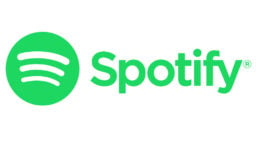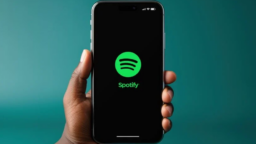Spotify is flying: the company announced today that just before New Year’s Eve it hit 15m paying subscribers and 60m total active users.
What seemed a far-off fantasy just a few years ago – the idea of 100m people using a single audio streaming service around the world – is now in touching distance.
But for the music business and its artists, one particular area of Spotify’s success brings extra scrutiny: the number of people paying for its service.
Why isn’t there as much attention (or goodwill) directed the way of Spotify’s free tier? Because according to its own annual financial results, Spotify’s paying customers contributed €678.7m of its €746.9m total revenue in 2013.
In other words, premium is creating 90% of the money Spotify generates – and, therefore, the lion’s share of the cash making its way to music rights-holders.
That’s a crucial bit of knowledge to apply to the following graph, which shows the growth in Spotify’s total active users vs. the growth in its paying subscriber base.

As you can see, Spotify’s total user growth really is soaring, doubling to 60m in just the past two years (or 22 months, to be exact).
No doubt those that are so inclined will suggest this growth proves Spotify is most interested in driving its total active users – rather than its premium customers – in order to carry a big audience into an IPO.
The logic: if you have a big, free audience and the means to encourage them to start paying something every month, it represents an exciting prospect of future growth for potential shareholders.
Spotify founder Daniel Ek (pictured), though, says he isn’t following that strategy. He argues that attracting as many people as possible onto Spotify’s free tier – and away from piracy – is simply the best and quickest route to begin a process that ends with customers paying for access to his service.
However, some label execs believe that Spotify is more interested in growing ‘free’ than ‘premium’, and therefore they shouldn’t be licensing all of their catalogue to the company – or, at least, to its ad-supported tier. Others believe Ek’s argument.
It’s a debate that is bound to go on and on.
So what’s the answer?
Well, when you look at the percentage of total users that have been paying for Spotify since 2011, it’s amazingly consistent. In that time, it’s never risen or fallen. And that at least gives us a big clue.
For more than three years now, exactly 25% of Spotify’s active users have been putting their hand in their pocket.

It’s a proportion that doesn’t look like it’s changing anytime soon.
So, counting out any anomalous future changes, the music business (and its artists) have one very simple question to ask themselves: are they okay with getting 90% of their Spotify income from just a quarter of its customers?
Because that, however fast or slow the service grows in years to come, is likely to be what they’ll end up with.
Then again, if Spotify keeps growing at its current rate, and keeps its free-to-paid ratio, it could boast more than 30m paying subscribers – out of 120m total users – by the end of 2016.
And 30m X €10 per month X 12 months = €3.6bn per year, just from paying subscribers.
Hardly chump change.
[Note: Since the end of 2012 Spotify has released its customer data as ‘active users’ rather than ‘registered users’, meaning figures after this point will not comprehensively reflect any inactive Spotify users.]Music Business Worldwide





